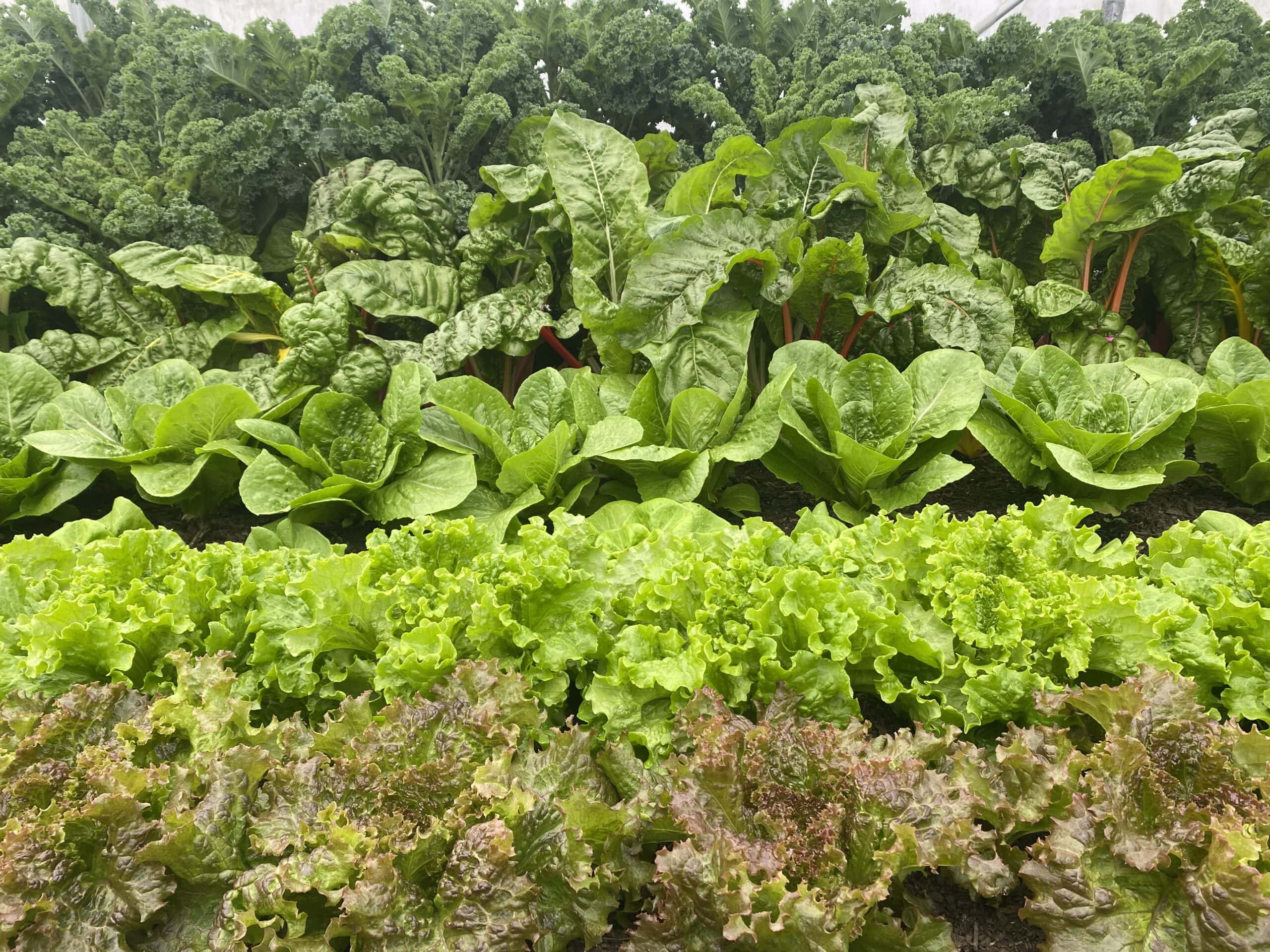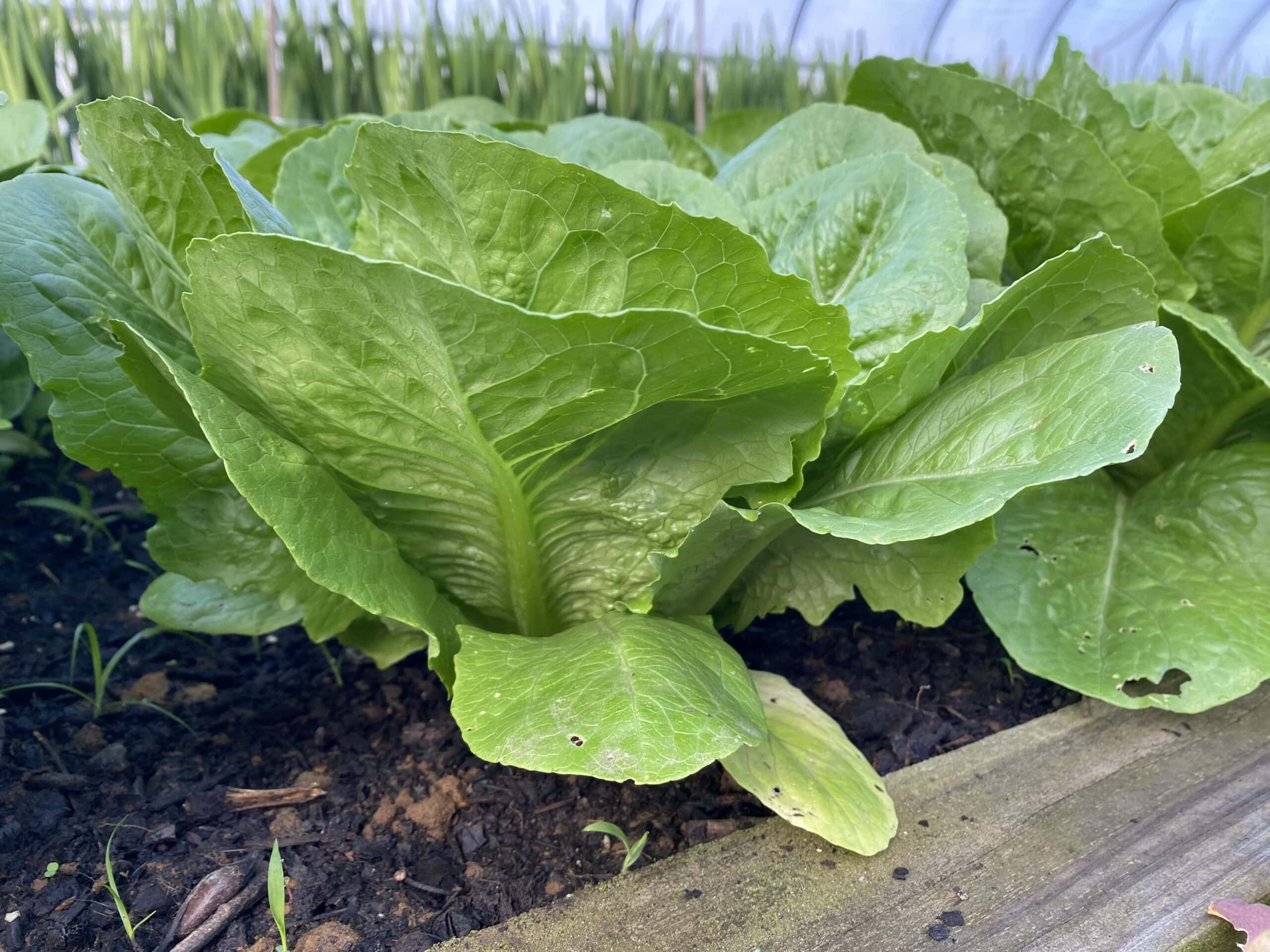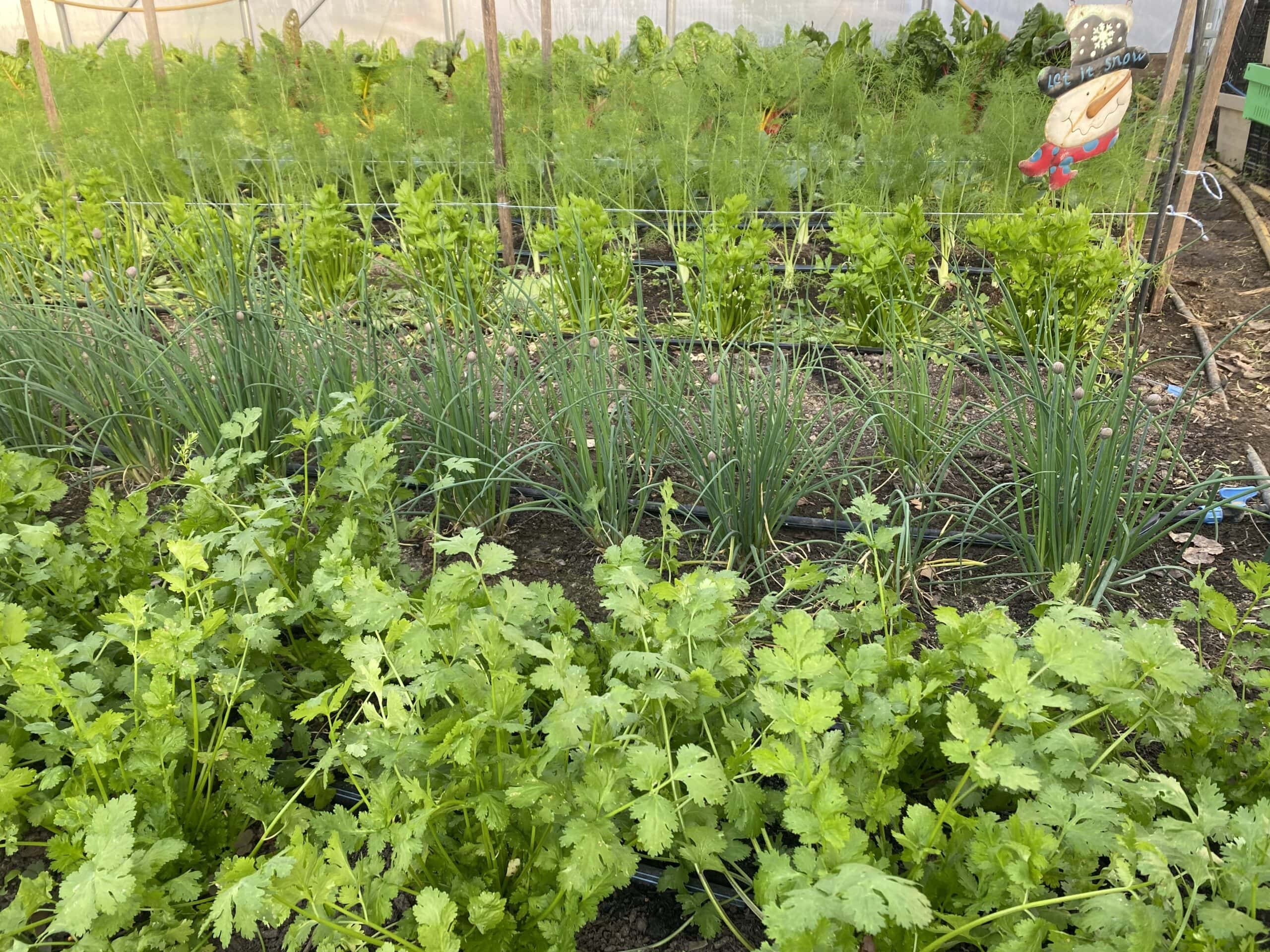This post may contain affiliate links. Probably doesn’t, but it might. It doesn’t cost you anything extra but if you use these links to buy something, we may earn a commission.
Small share: broccoli, lettuce, red or gold potatoes, snap peas, cucumber, asparagus or yellow squash, strawberries or raspberries, basil
Large share: chard, zucchini, English peas, dill, broccoli, lettuce, red or gold potatoes, snap peas, cucumber, asparagus or yellow squash, strawberries or raspberries, basil
Fruit only: strawberries, raspberries, cherries or blueberries or gooseberries
Flower share: celosia, snapdragon, lisianthus, astlibe, and/or cone flower
Snap Peas
Peas are a cool weather crop, which means they show up in the early and late parts of the CSA season. Sugar snap peas are an edible peapod – so no need to shell! – that is picked when the pods are well-filled. Sometimes it’s hard to determine if you have Snap Peas or English Hull peas; just take a bite! If you can chomp through the pod easily, you have snap peas.
To store: Refrigerate in a plastic bag in the crisper drawer. Use as soon as possible – within 4-5 days of harvest.
To use: Wash well. Snap off the ends and remove the string if desired. To remove the string – snap off stem tip toward the flat side of pod and pull downward.
To cook: Eat young, fresh snap peas raw. Put them on top of a salad. Add raw peas to stir-fry or soup in the last stages of cooking. Steam peas until just tender-crisp, 3 minutes. Toss with butter, olive oil, cream, vinaigrette, or pesto.
To freeze: Peas freeze well but will lose their crunchy texture. Remove stems/strings. Blanch peas for 1 minute, rinse under cold water, drain, and pack into Ziploc freezer bags.





